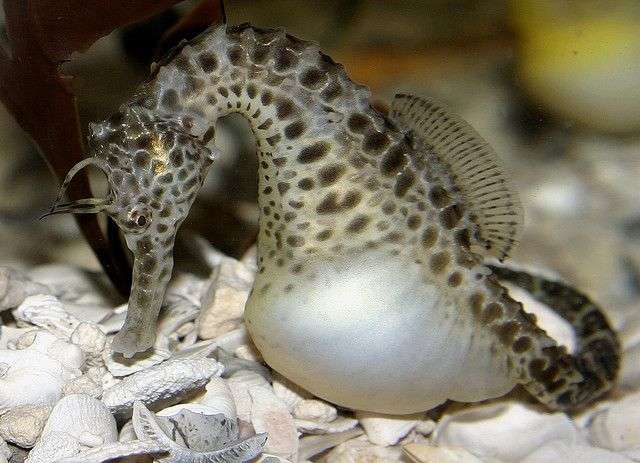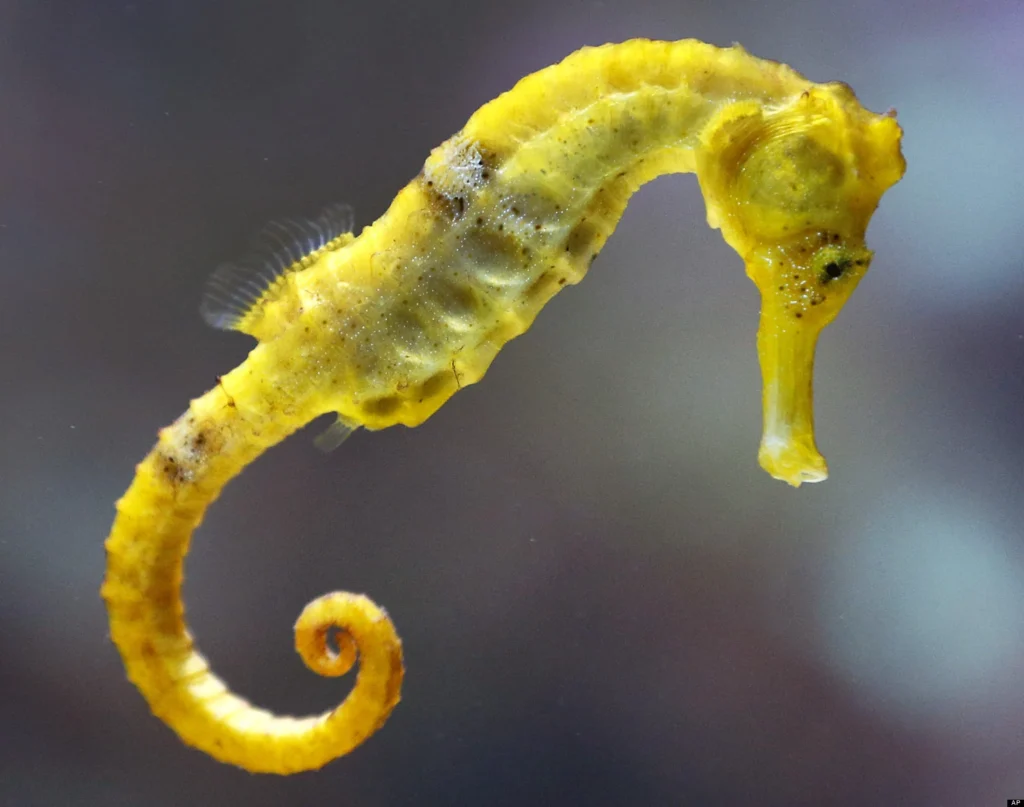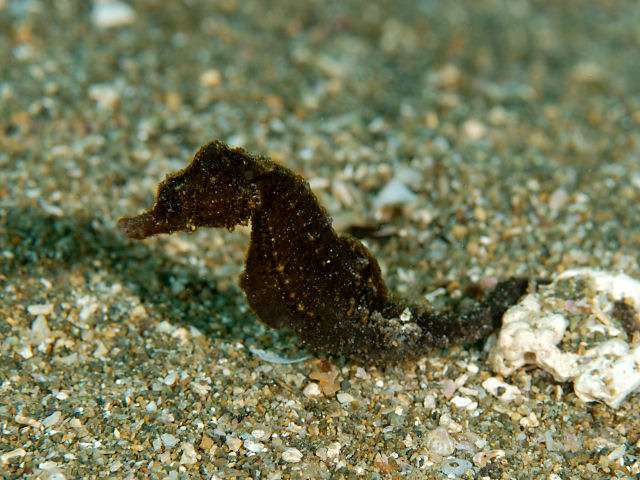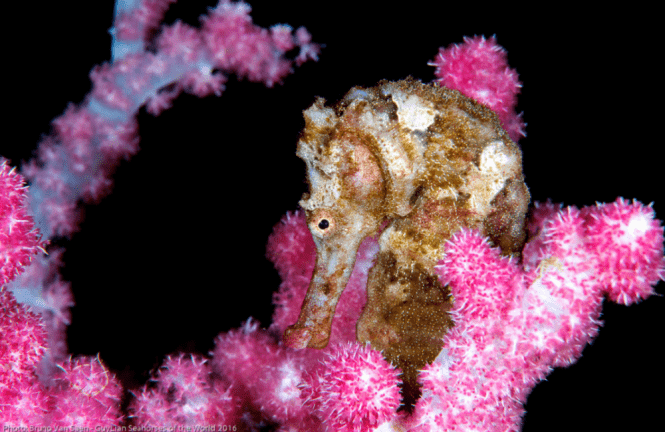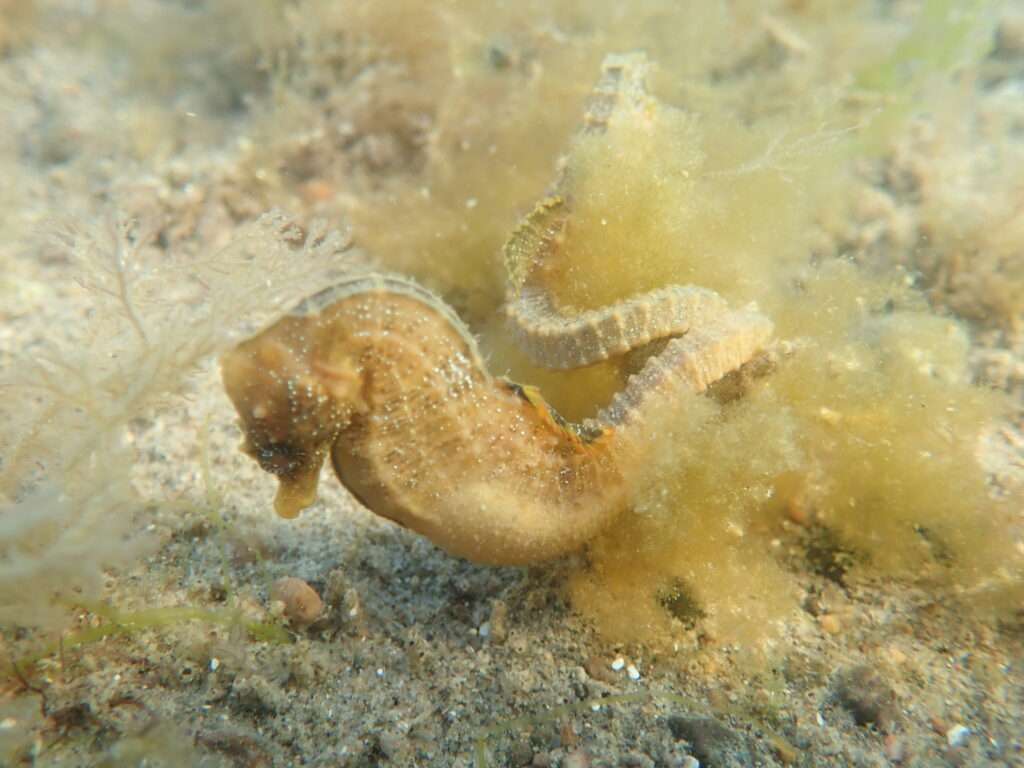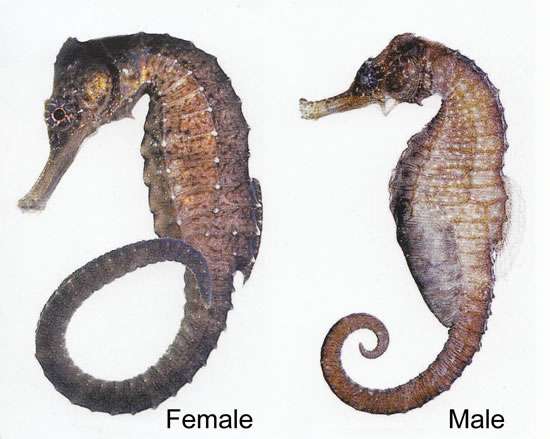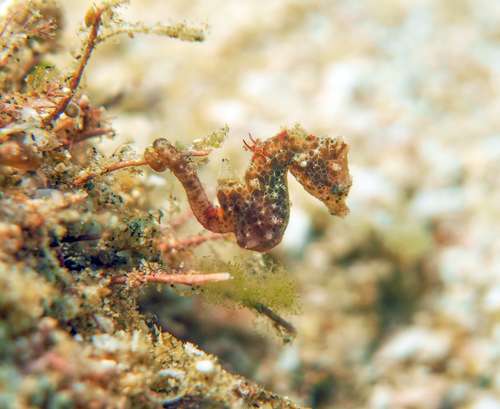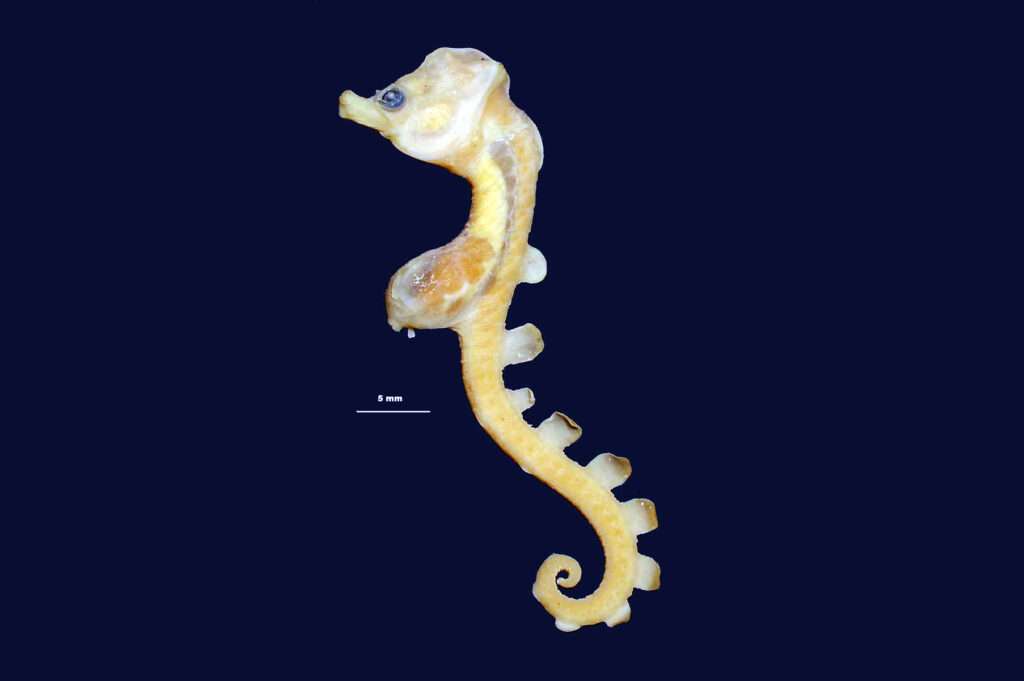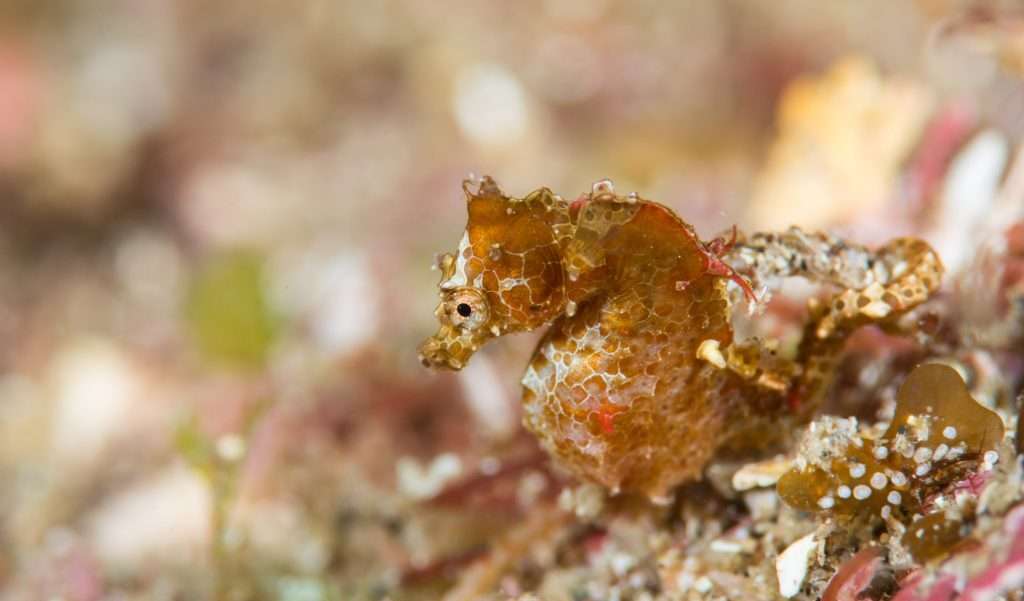Giraffe Seahorse
A species of ray-finned fish is called the Giraffe Seahorse, or Hippocampus camelopardalis. A individual can reach a height of 10 cm. They can reproduce sexually. This fish species known as the Giraffe seahorse (Hippocampus camelopardalis. It can be found in Tanzania, South Africa, and Mozambique. Similar Bullneck seahorse, Réunion seahorse, Lichtenstein’s seahorse, and narrow-bellied […]


